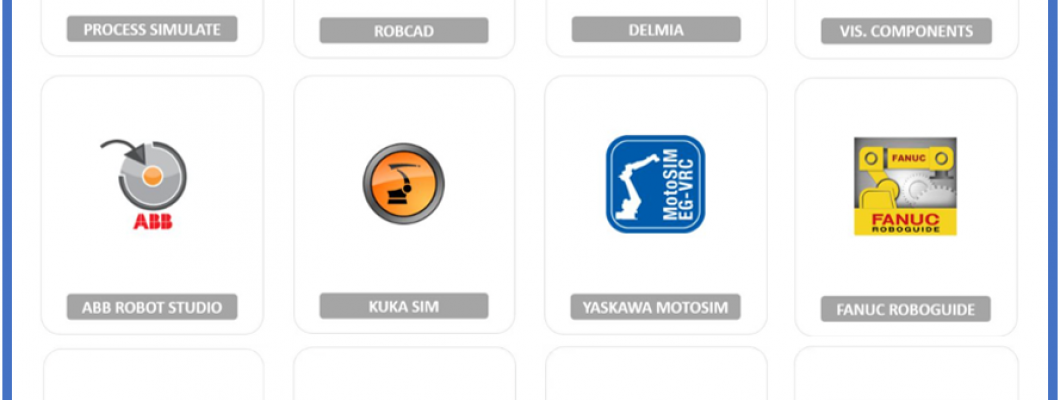
Software for Robotics World
Robot software refers to software applications specifically designed for controlling and managing robots in various industries. These software solutions play a crucial role in enabling robots to perform specific tasks, automation, and other functions. Here are some key aspects related to commercial robot software:
Robot Operating Systems (ROS): ROS is a popular open-source middleware framework that provides services for hardware abstraction, device drivers, communication between processes, and more. While ROS itself is open source, there are commercial versions and add-ons available that provide additional features, support, and services.
Industrial Robot Programming Software: Many industrial robots come with their own proprietary software for programming and controlling the robot's movements. Examples include ABB's RobotStudio, Fanuc's ROBOGUIDE, and KUKA's KUKA.WorkVisual.
Simulation Software: Simulation tools are essential for testing and validating robot programs before deploying them in the real world. Software like Gazebo, V-REP (Virtual Robot Experimentation Platform), and Simulink provide realistic environments for simulating robot behavior.
Robot Vision Software: For robots that utilize vision systems, there are software solutions that enable image processing, object recognition, and other computer vision tasks. Examples include OpenCV, RoboRealm, and Cognex VisionPro.
Autonomous Navigation Software: In the case of mobile robots and drones, there are software platforms that facilitate autonomous navigation. ROS also has packages for robot navigation, and commercial solutions like Robotnik's RB-1 Base and Clearpath Robotics' Husky come with navigation capabilities.
Collaborative Robot (Cobot) Software: Cobots are designed to work alongside humans in a collaborative environment. Software like Universal Robots' UR+ ecosystem and Rethink Robotics' Intera provide easy-to-use interfaces for programming and controlling collaborative robots.
Custom Application Development: Some companies may develop custom software solutions tailored to specific robotic applications, industries, or integration with other systems.
When selecting commercial robot software, considerations include compatibility with the robot hardware, ease of use, support and documentation, and the specific features required for the intended application. It's essential to choose software that aligns with the specific needs and goals of the robotic system in question.
